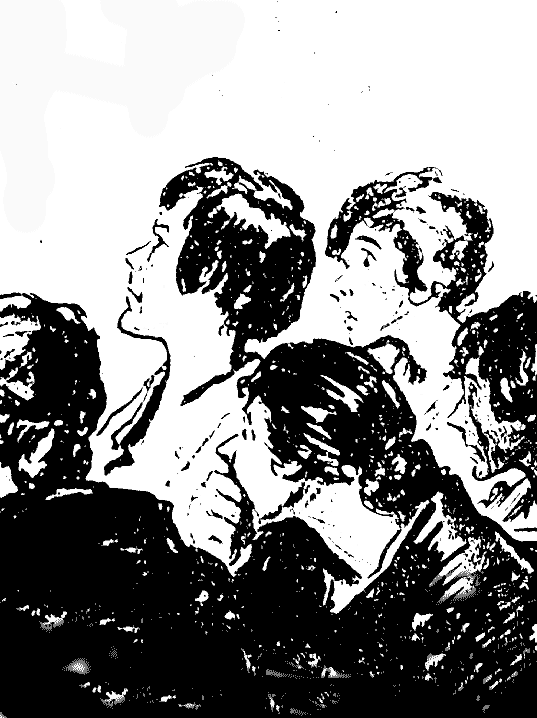The FCC’s June 9, 2011 “Information Needs of Communities” report will surprise no one. Echoing many earlier reports on the decline of American journalism, the FCC has expressed concern that power is shifting away from citizens.
As a snapshot of the current situation, the report contains excellent statistics. For instance, it notes that the number of professional news reporters has declined from 55,000 in 2006 to 41,600 in 2010.
And it observes with appropriate concern, as did the Miller and Knight reports in recent years, that a loss of journalism is a loss of civic accountability:
The shortage of local, professional accountability reporting… is likely to lead to more government waste, more local corruption, worse schools, a less-informed electorate, and other serious problems in communities. In some cases, the loss of reporting capacity has meant a power shift away from citizens toward government and other institutions.
Among the report’s conclusions and recommendations:
- There’s no magic bullet
- The government should remove minor obstacles to innovation
- End the Fairness Doctrine once and for all
- Reconsider cross ownership TV – newspapers
- Disclose pay-for-play and video press releases on TV news, but dont regulate
- Don’t fund an AmeriCorps journalism program
- Journalism should rely more on philanthropy
- Clear up tax status of non-profit news organizations
- Promote more openness in government
- Build stronger community libraries
- Above all, don’t expect the FCC to encourage media reform
“The primary goal should not be to provide the FCC with tools for license-renewal denials, but to provide communities the data they need to understand what their local TV stations are doing …” In other words, more transparency, but no reform efforts along the lines of the WLBT case of the 1960s.
Despite blue-ribbon credentialed authors and its sobering statistical analysis of the current situation, the report fails to explain the history, motivations or potential trajectories of the digital media revolution.
The report quotes a few observers who note that radio and TV do not live up to their public responsibilities, but only in passing, and hardly in the strong context of social responsibility that was the keynote of the Hutchins Commission of 1947 and many other subsequent criticisms of the American media.
Nor does the report deal with the trend of circumvention by technology, or connect it with the problem raised 100 years ago by Will Irwin:
It is the mouthpiece of an older stock. It lags behind the thought of its times. . . . To us of this younger generation, our daily press is speaking, for the most part, with a dead voice, because the supreme power resides in men of that older generation.
The new FCC report provides an excellent list of symptoms, but no real diagnosis, prognosis or treatment options for a rapidly dying commercial media.
It is, in the end, a panegyric to the same-old, same-old.
However, if you are interested in a new take on the problem, read Washington Post editor Raju Narisetti’s Why Free is Very Expensive:
What the prolonged and knee-jerk debate about free vs. paid inside our news organizations shows is that we still have what led us here in the first place: An imagination deficit. Rather than apply an ‘all or nothing’ approach focused, perhaps wrongly, on just our Web sites, we should be willing to make creative bets on our business model. We continue to make what is being consumed–in large quantities. It is time we figured out how to make it easier, more engaging and useful. Despite their soaring valuations, Facebook, LinkedIn and Twitter don’t create much, if anything at all, by way of original content. And, for that matter, neither do Google or YouTube. They simply make it easy, useful and engaging to their audiences. These are incredibly disruptive times and one thing is clear to me: There isn’t time or room for incrementalism at major news organizations.
Some years back, Newport News Daily Press publisher Digby Solomon had the idea that the news media should react to “category killers” (like the end of classified advertising) by working to help consumers cut out the “middle men.” For instance, instead of just selling advertising for real estate, it should connect real estate customers and buyers — saving each the five percent that goes to the realtors. It’s the kind of idea we need to be considering.

 Revolutions in Communication
Revolutions in Communication Mass Media & Environmental Conflict
Mass Media & Environmental Conflict